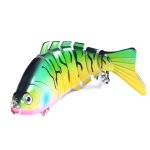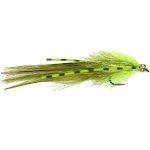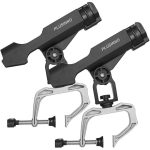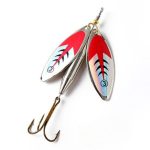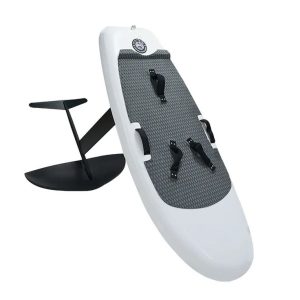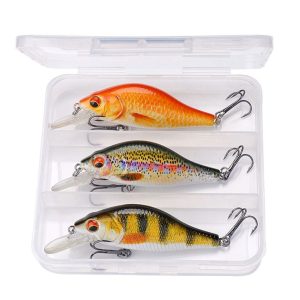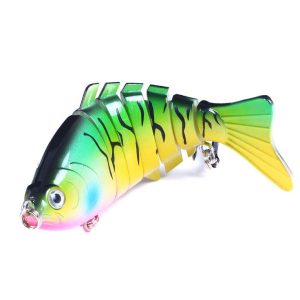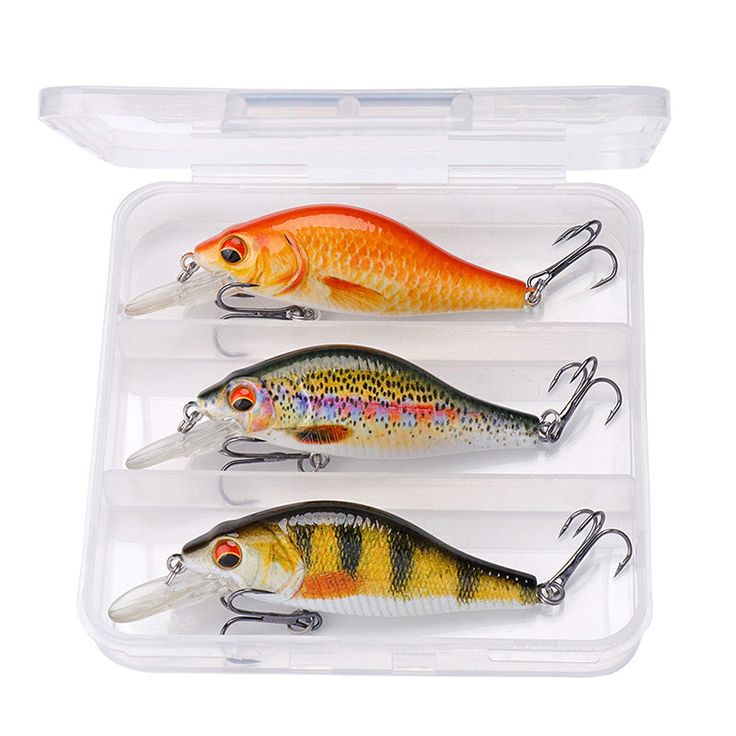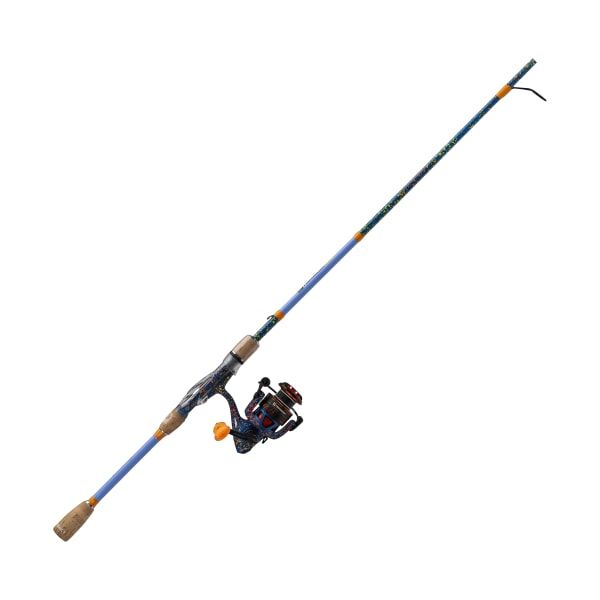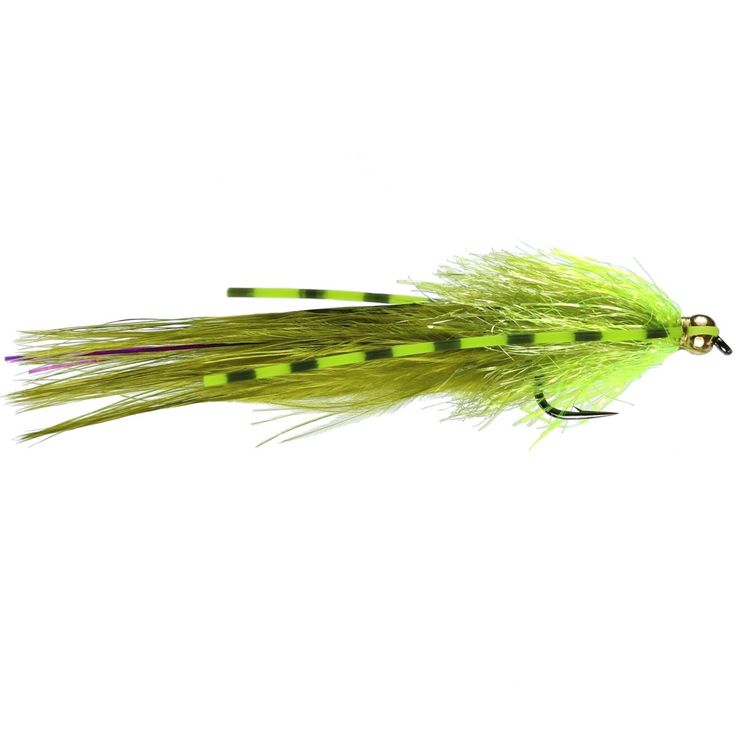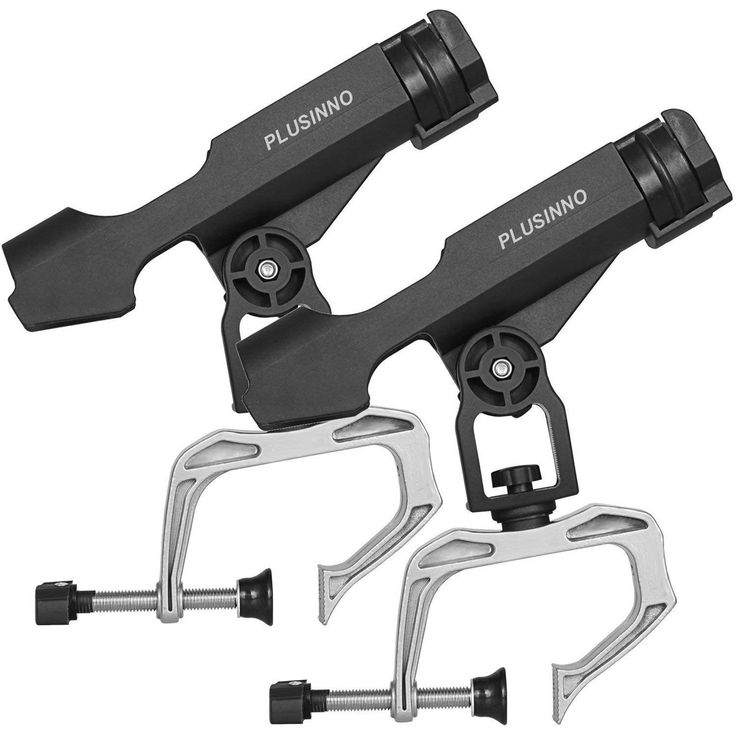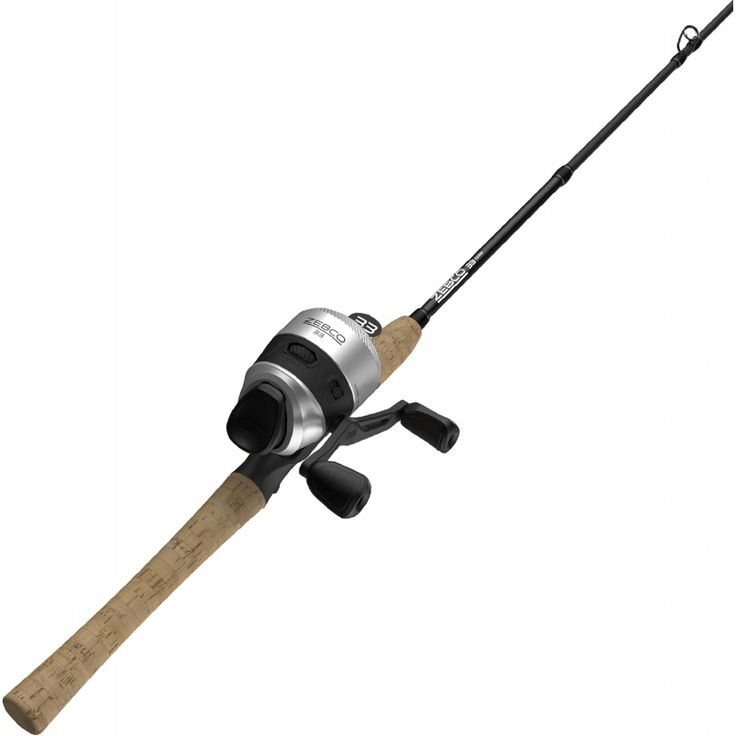As an avid angler, you know that the tackle box is the heart and soul of your fishing arsenal. This compact container holds the keys to unlocking the secrets of the water, housing an array of lures, line, and accessories that can make or break your day on the lake or river. But have you ever truly taken the time to examine the contents of your tackle box and how they can inform your fishing strategy? The tackle box fishing report is your gateway to understanding the stories hidden within your gear and translating that knowledge into more successful outings.
Dissecting the Tackle Box
Opening your tackle box is akin to opening a window into your fishing journey. Each lure, each spool of line, and each specialized tool holds a wealth of information that can guide you towards your next trophy catch. By closely examining the contents of your tackle box, you can uncover valuable insights about your fishing habits, your target species, and the conditions you’ve encountered on the water.
Cataloging Your Lures
Let’s start with the most eye-catching element of your tackle box – the lures. Take a moment to sort through your collection, grouping them by type, color, and size. What patterns emerge? Do you have an abundance of crankbaits, an assortment of soft plastics, or a limited selection of topwater baits? This inventory can reveal the types of fish you’ve been targeting and the techniques you’ve favored in the past.
Now, consider the condition of your lures. Are some of them well-worn, with chipped paint and bent hooks? These “battle-tested” baits can tell a story of the battles you’ve waged against feisty fish, the structure you’ve navigated, and the challenges you’ve overcome. Conversely, pristine lures may indicate that you’ve yet to fully put them to the test, offering clues about the areas or techniques you’ve yet to explore.
Examining Your Line and Terminal Tackle
Shifting your focus to the less glamorous but equally essential components of your tackle box – the line and terminal tackle. Take a close look at the spools of monofilament, fluorocarbon, and braid, and consider the varying diameters and test strengths. Do you tend to favor lighter line for finesse presentations, or do you rely on heavier options for battling big fish in thick cover?
The terminal tackle, including hooks, swivels, and weights, can also reveal valuable insights. Are your hooks razor-sharp, ready to penetrate the tough mouths of bass, or are they slightly dulled from previous encounters? Do you have an array of split-shot sinkers, Carolina rig beads, and tungsten drop-shot weights, indicating a diverse approach to rigging and presenting your baits?
By closely examining the line and terminal tackle in your tackle box, you can gain a deeper understanding of the water conditions you’ve faced, the techniques you’ve employed, and the adjustments you’ve made to improve your chances of success.
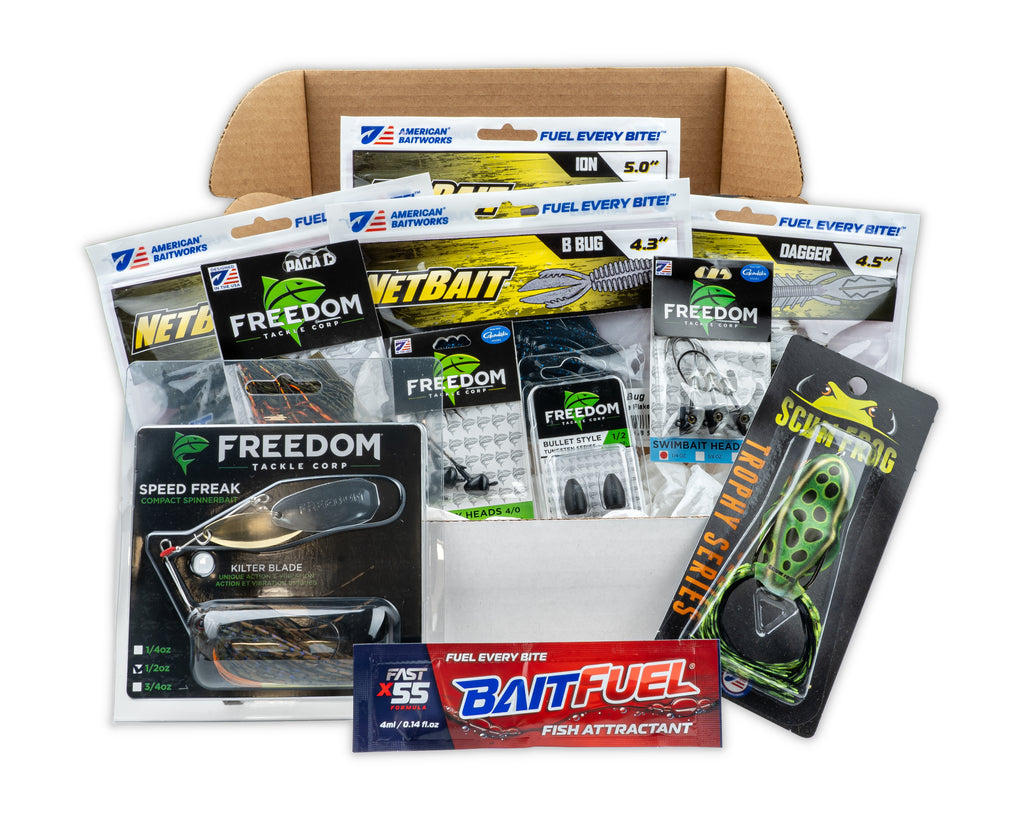
Uncovering the Story of Your Tools and Accessories
Beyond the lures and line, your tackle box likely houses a collection of specialized tools and accessories that have become indispensable to your fishing routine. From line cutters and pliers to reel maintenance supplies and specialized storage containers, each item holds a story waiting to be told.
Consider, for example, the wear and tear on your line-cutting scissors. Are they slightly dulled from frequent use, a testament to the number of line tangles and backlashes you’ve untangled? Or do they remain pristine, hinting that you’ve been able to avoid such frustrations and maintain a smoother overall fishing experience?
The presence (or absence) of certain accessories, such as bait-casting reel lubricants or hook sharpeners, can also reveal your attention to detail and commitment to keeping your gear in top-notch condition. These small but crucial items can paint a picture of your approach to tackle maintenance and your dedication to ensuring peak performance on the water.

Translating the Tackle Box Fishing Report
Now that you’ve delved into the story hidden within your tackle box, it’s time to put that knowledge into action. By understanding the insights your gear can provide, you can make more informed decisions, adapt your strategies, and ultimately, become a more successful angler.
Identifying Patterns and Trends
As you’ve cataloged the contents of your tackle box, certain patterns and trends may have emerged. Perhaps you’ve noticed an overabundance of crankbaits, indicating a preference for covering water and triggering reactions from active fish. Or you may have observed a preponderance of finesse-style soft plastics, hinting at your affinity for targeting pressured or fickle fish.
By recognizing these patterns, you can begin to understand the conditions, techniques, and target species that have resonated with you in the past. This knowledge can then inform your future fishing plans, guiding you towards the lures, line, and accessories that are most likely to deliver success on your next outing.

Adapting to Changing Conditions
The tackle box fishing report can also help you adapt to the ever-changing conditions of the fishery. Have you noticed certain lures or terminal tackle showing signs of wear and tear, indicating that you’ve been relying on them heavily in specific environments or situations? This could be a cue to diversify your arsenal and explore new options that may be better suited to the current conditions.
Conversely, the presence of pristine, rarely used items in your tackle box may suggest untapped potential. Perhaps it’s time to experiment with a new topwater bait, or to try a heavier line class to target larger, more powerful fish in thicker cover. By being willing to adjust your approach based on the insights from your tackle box, you can stay one step ahead of the fish and increase your chances of success.
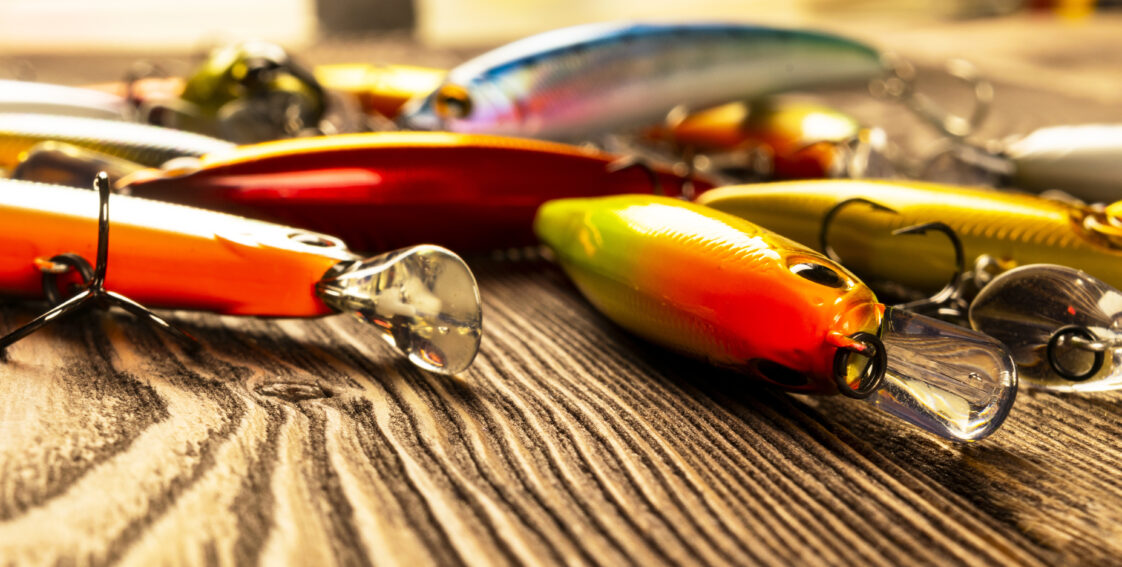
Optimizing Your Fishing Preparation
The tackle box fishing report can also play a crucial role in your pre-trip planning and preparation. By closely examining the contents of your tackle box, you can identify any gaps or deficiencies in your gear, allowing you to restock, replace, or upgrade essential items before heading to the water.
Moreover, the insights gained from your tackle box can help you tailor your fishing strategy to the specific conditions you’re likely to encounter. If your box is filled with finesse presentations, you may want to plan a trip to a pressured fishery where a delicate touch is required. Conversely, if your box is dominated by heavy cover-punching lures, you might want to target areas with thick vegetation or woody structure.
By approaching your tackle box as a valuable source of information, you can transform your fishing preparation from a generic checklist to a data-driven strategy, setting yourself up for a more productive and rewarding day on the water.
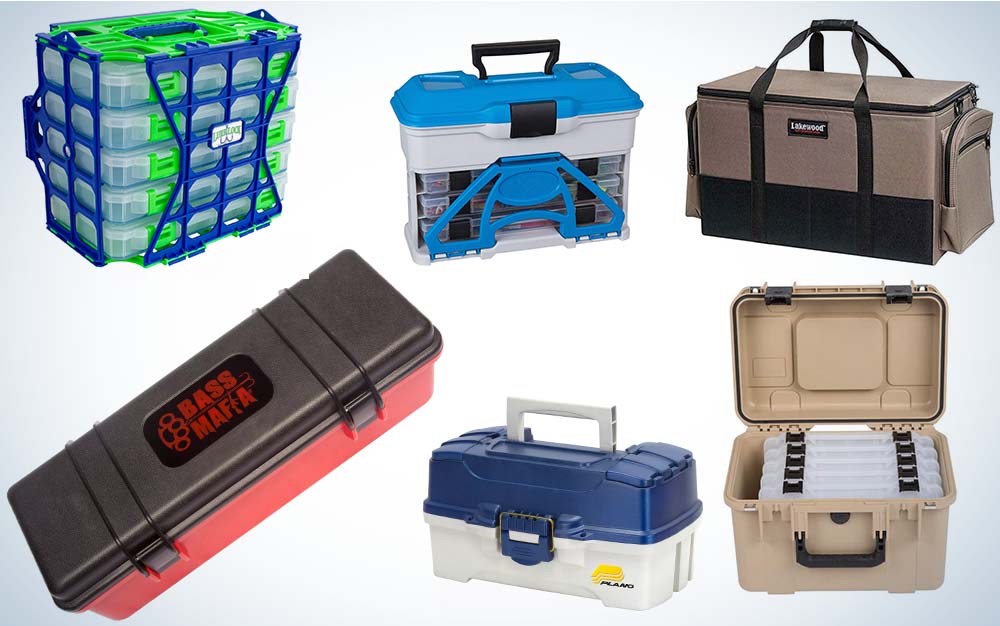
Conclusion
The tackle box fishing report is more than just a simple inventory of your gear; it’s a window into your angling journey, a treasure trove of insights that can guide you towards greater success. By closely examining the contents of your tackle box, you can uncover the stories hidden within your lures, line, and accessories, leveraging this knowledge to make informed decisions, adapt to changing conditions, and optimize your fishing preparation.
As you embark on your next fishing adventure, remember to approach your tackle box with a curious and analytical mindset. Embrace the power of the tackle box fishing report, and let your gear be your guide towards more rewarding and fulfilling days on the water. With this newfound understanding, you’ll be one step closer to unlocking the secrets of the sport and becoming the angler you’ve always aspired to be.

